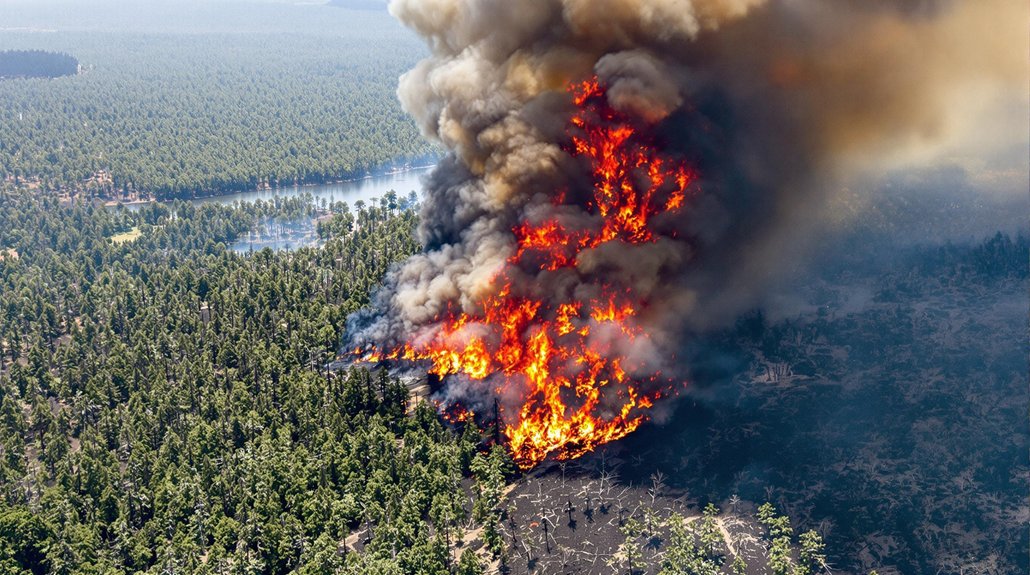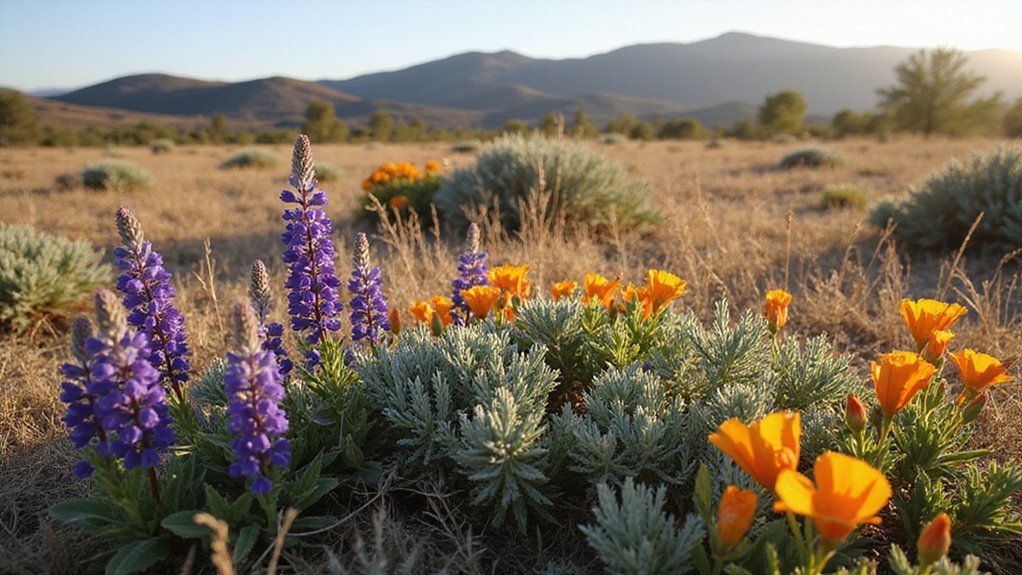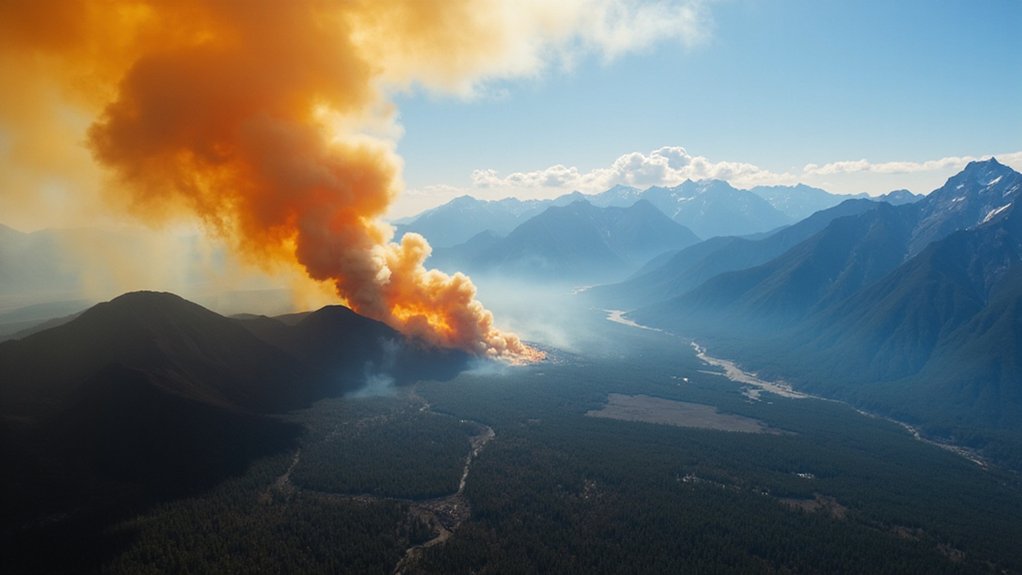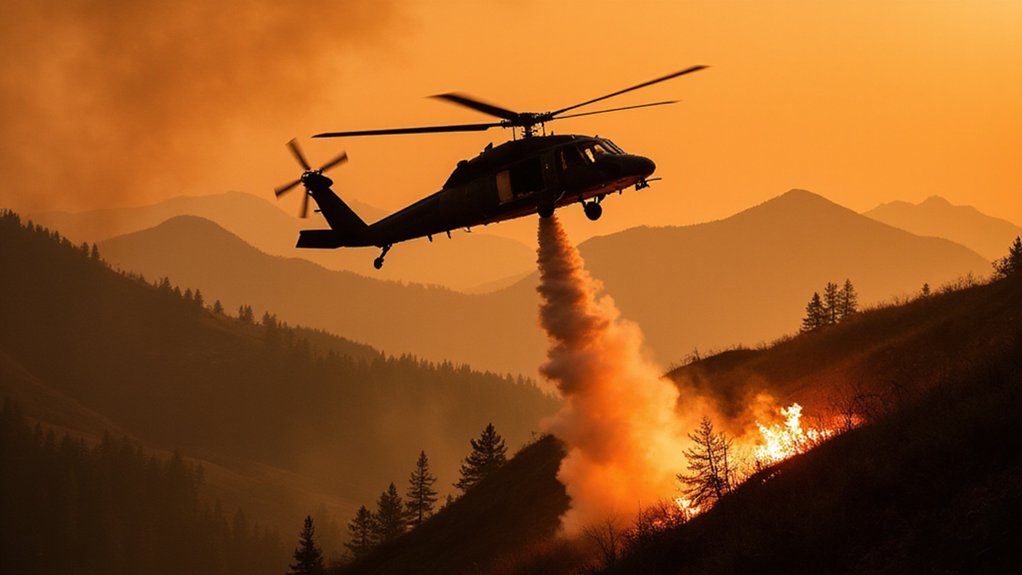Flames ripped through the Grand Canyon’s northern edge as the massive Dragon Bravo Wildfire forced officials to close the North Rim for the remainder of the 2025 visitor season. The devastating fire, first reported in July 2025, has burned approximately 100,000 acres, equivalent to 192 square miles of land. Park officials announced the closure after significant damage to visitor facilities, including the historic North Rim Lodge.
The ferocious Dragon Bravo Wildfire has devastated Grand Canyon’s North Rim, forcing closure amid massive destruction to iconic landmarks.
The Dragon Bravo Fire has ravaged 86.3% of the Bright Angel Creek watershed above the North Rim. It continues to spread at an alarming rate, with firefighters losing thousands of acres daily despite extensive containment efforts. The blaze has also affected several canyon areas including North Canyon, South Canyon, Buck Farm, Saddle, Nankoweap, Crystal, and even reached parts of Phantom Ranch.
Between 50 and 80 buildings have been destroyed in the fire’s path. The destruction includes lodges, cabins, visitor facilities, historic structures, and essential park infrastructure. The environmental impact extends beyond structures, with widespread damage to forests, watersheds, and wildlife habitats throughout the region.
Firefighting teams face extreme challenges due to rugged terrain and the fire’s aggressive behavior. The situation is further complicated by the simultaneous White Sage Fire burning in nearby watersheds, stretching emergency resources thin. The fire has created its own weather system, with pyrocumulus clouds forming due to the intense heat generated by the massive blaze. Aerial support and reinforcements have been called in to battle both blazes.
Park authorities have issued emergency alerts and strict access restrictions across the Grand Canyon National Park. Visitors are warned of extreme danger, especially during the current monsoon season when burned areas face high risk of flash floods and debris flows. All hiking, camping, and river trips in affected areas have been canceled.
The fire’s impact extends beyond immediate damage, creating long-term concerns about soil stability, flood risks, and ecological disruption across multiple watersheds. Federal, state, and tribal agencies are coordinating responses as smoke and air quality issues affect the broader Grand Canyon region and northern Arizona.








